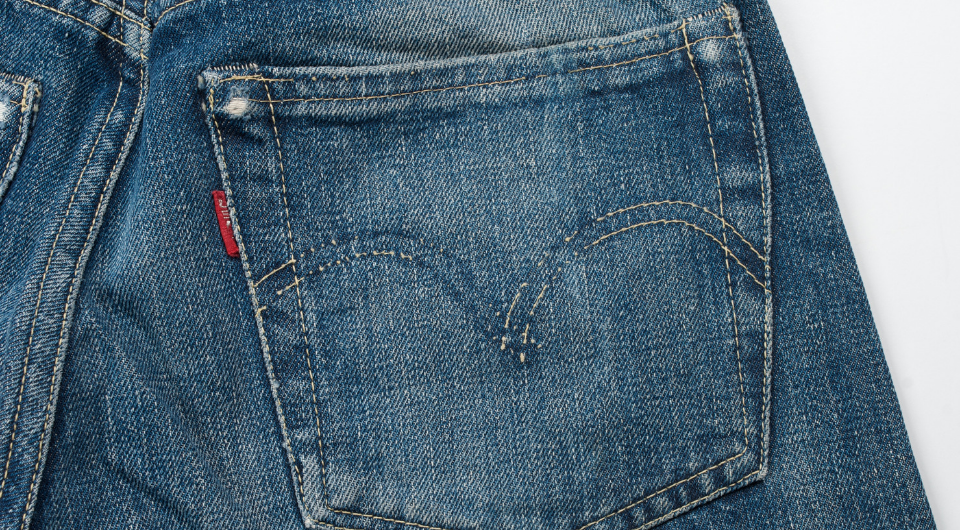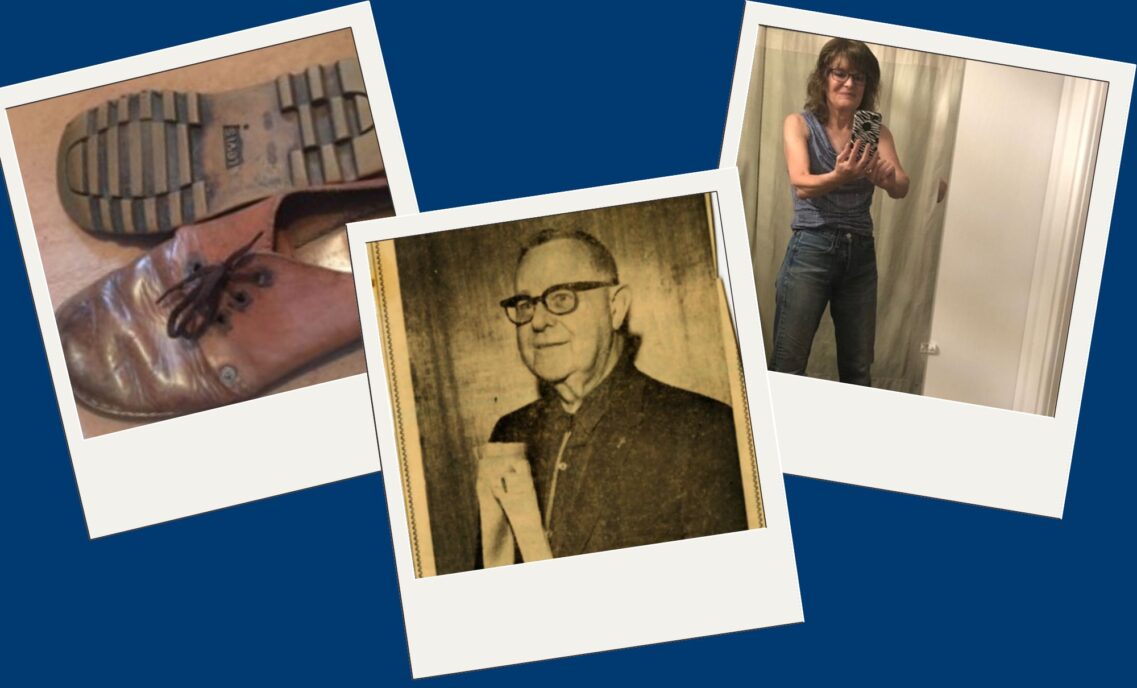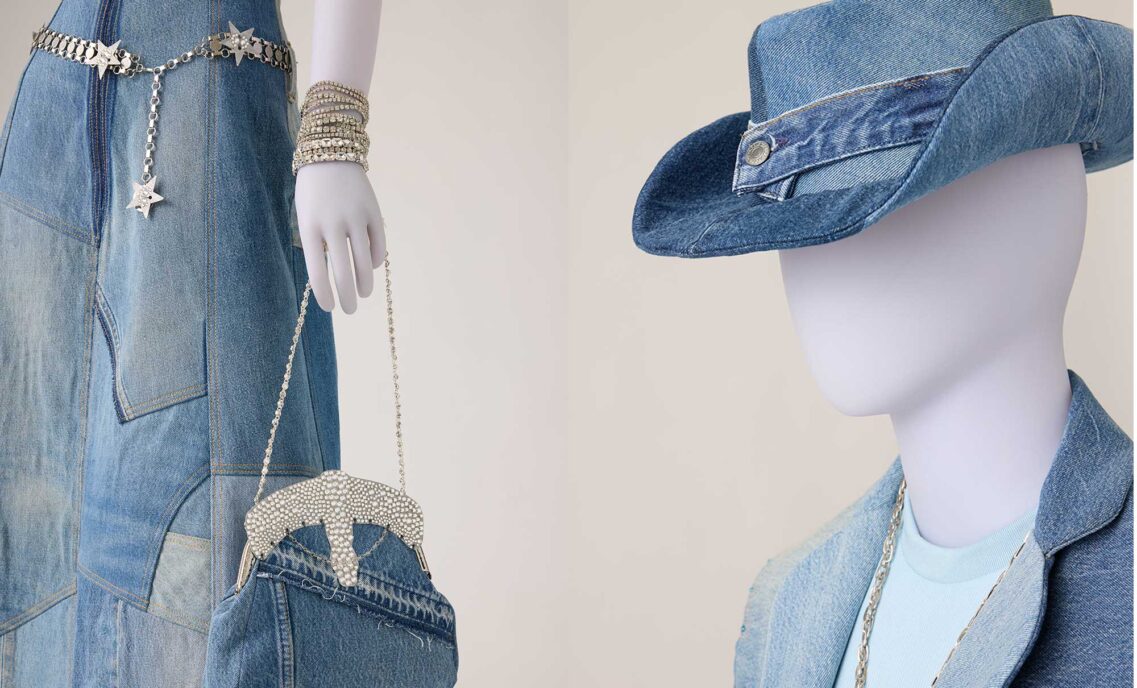November 15, 2018
It’s arguably the most recognizable design on denim.
Our back pocket stitching on Levi’s® jeans is what we call the Arcuate, a unique Levi’s® identifier that has been used on our jeans since they were first created in 1873. Although stories exist about its origins, no one knows the significance of the design or what it might represent due to the loss of company records in the 1906 earthquake and fire.
Friday marks the 75th Anniversary of Levi Strauss & Co. receiving a trademark for Levi’s® pocket stitching design which we officially received on November 16, 1943. To celebrate, here are five facts about the Arcuate:
- The stitching was originally applied by a sewing machine operator using a single-needle machine. This meant that the design was stitched onto the pockets freehand, and the appearance of the design changed depending on the skill of the operator.
- During World War II, the Arcuate stitching design was painted onto the back pockets of men’s 501® jeans in order to conserve thread for the war effort. A special pocket flasher was designed to explain why the design was painted on the jeans, also advising consumers that the paint would wash off easily.
- In 1947, double-needle machines were first used in the company’s factories to stitch the Arcuate design. This meant that the design of the stitching became uniform, nailing the diamond-shape that we still see today.
- In 1967, the Levi’s® housemark known as the “batwing” was designed by Walter Landor & Associates. The shape is literally taken from the top half of our back pockets, with the curve of the Arcuate forming the bottom.
- After 1973, the company began to describe the pocket design as the “Arcuate” in company documents. It comes from the Greek word meaning a “bow.”







